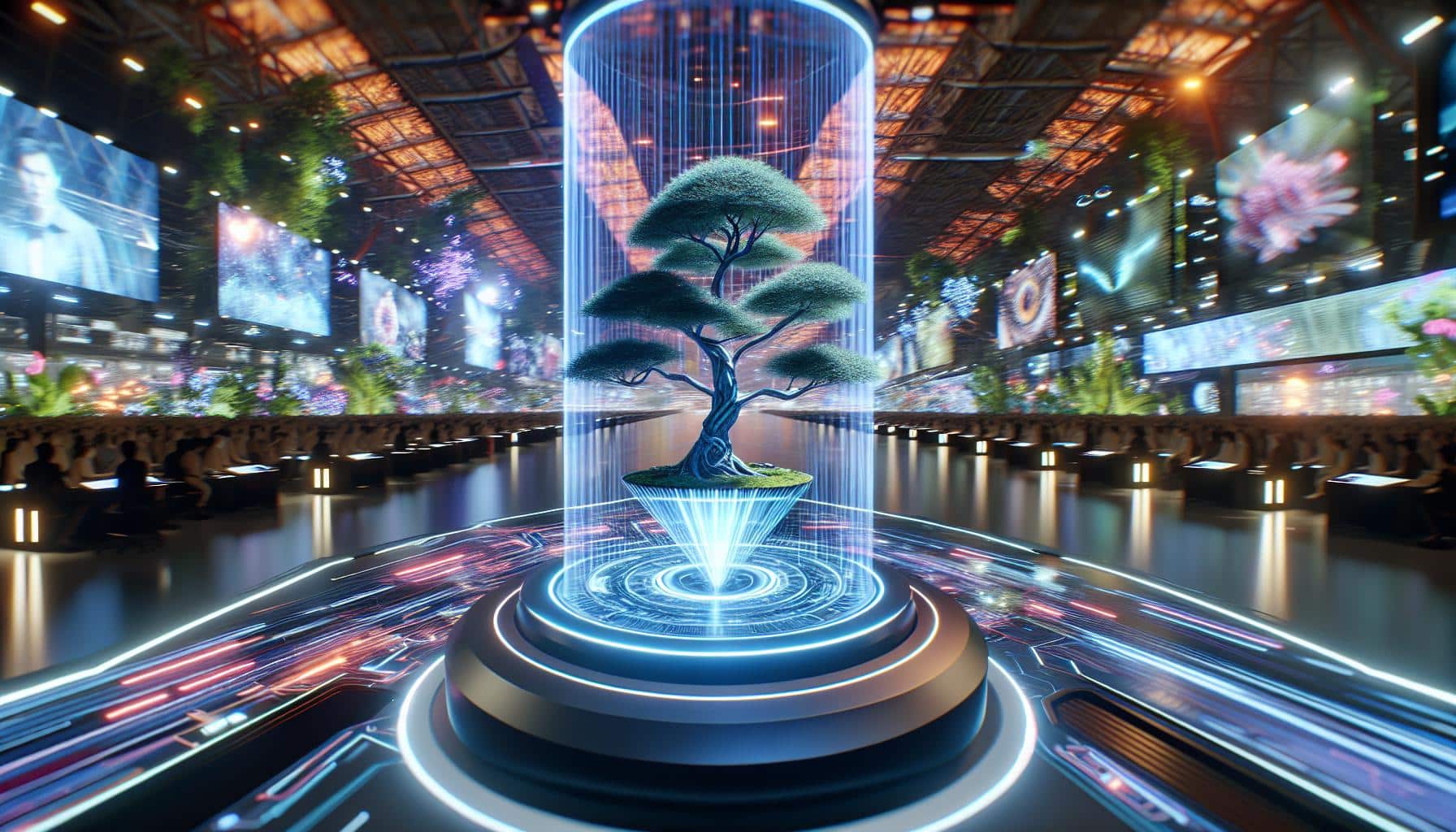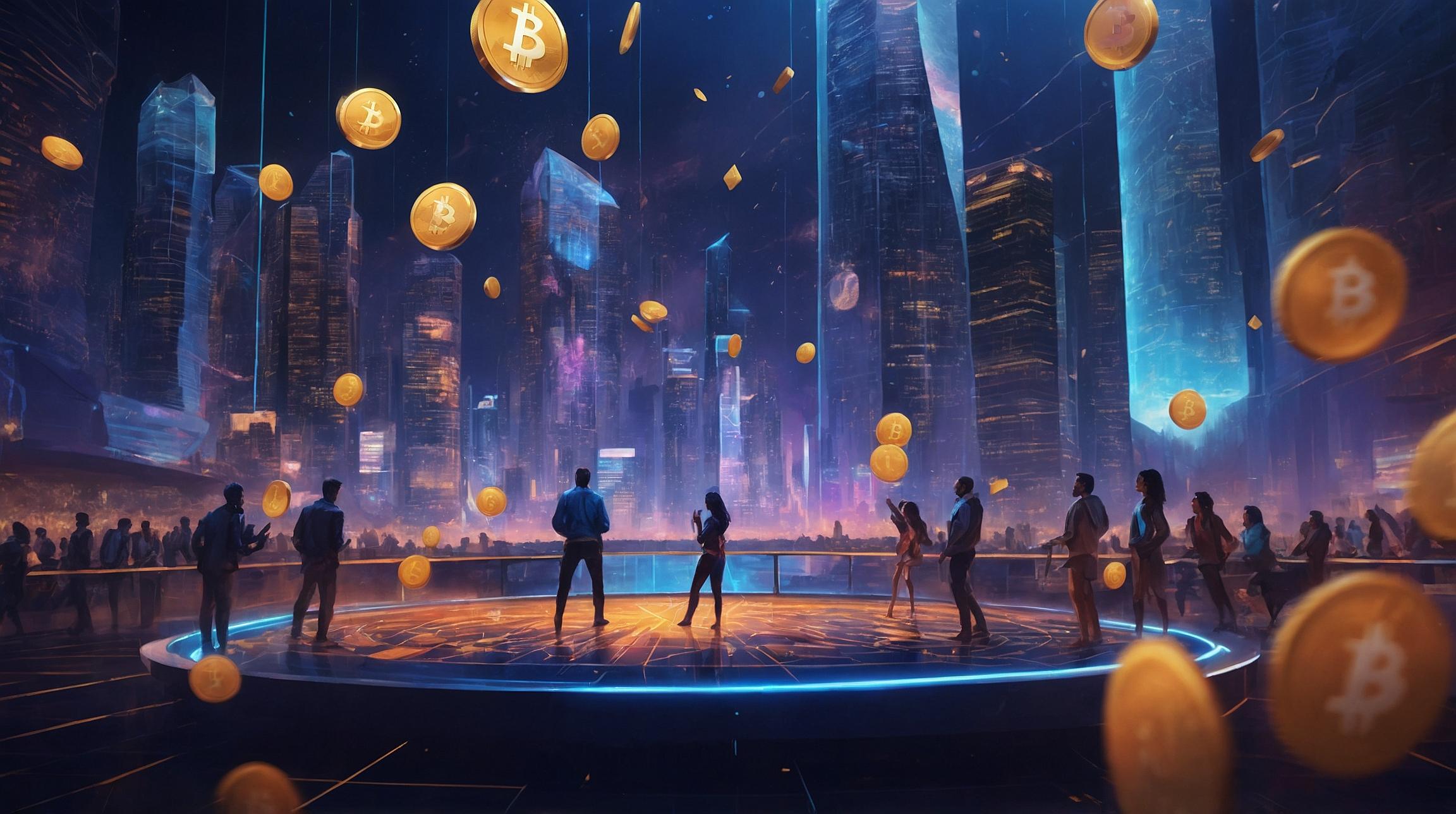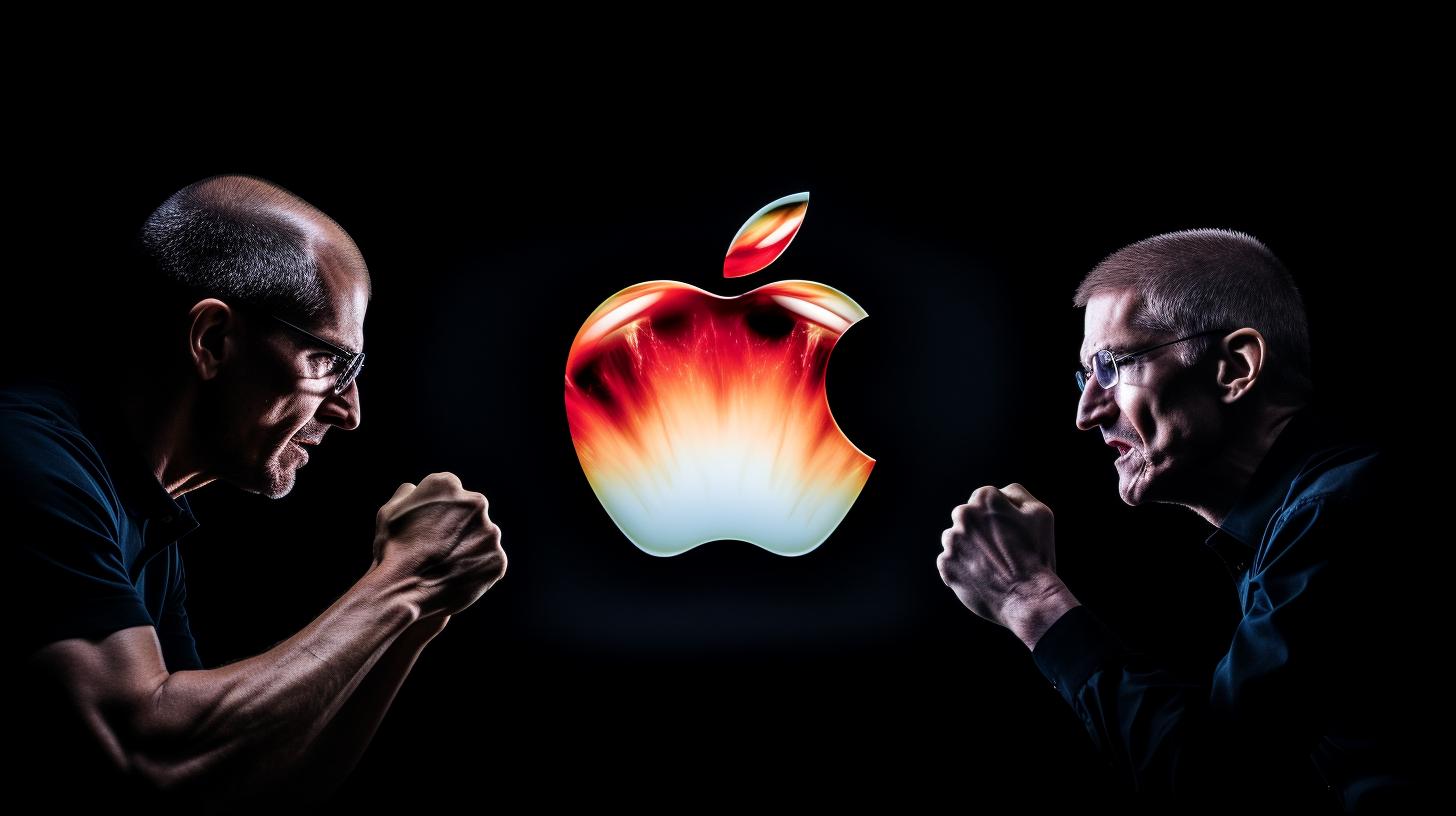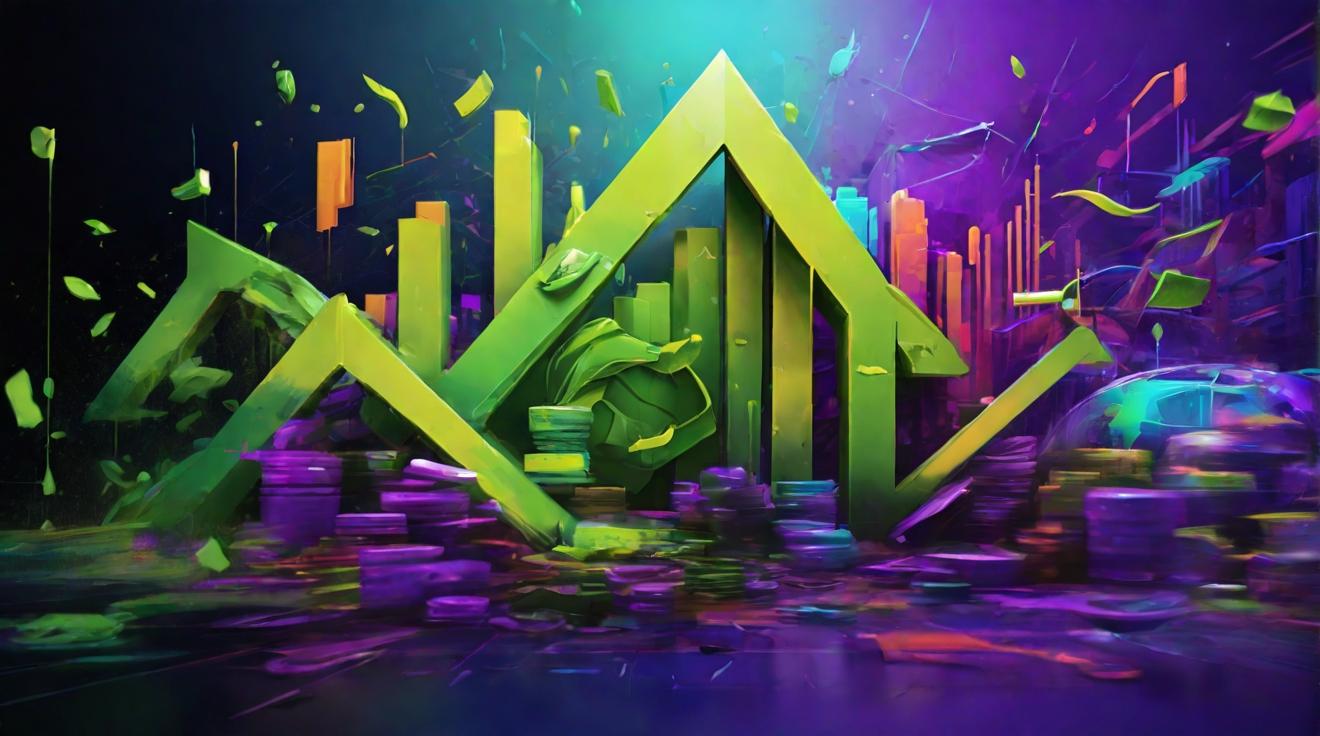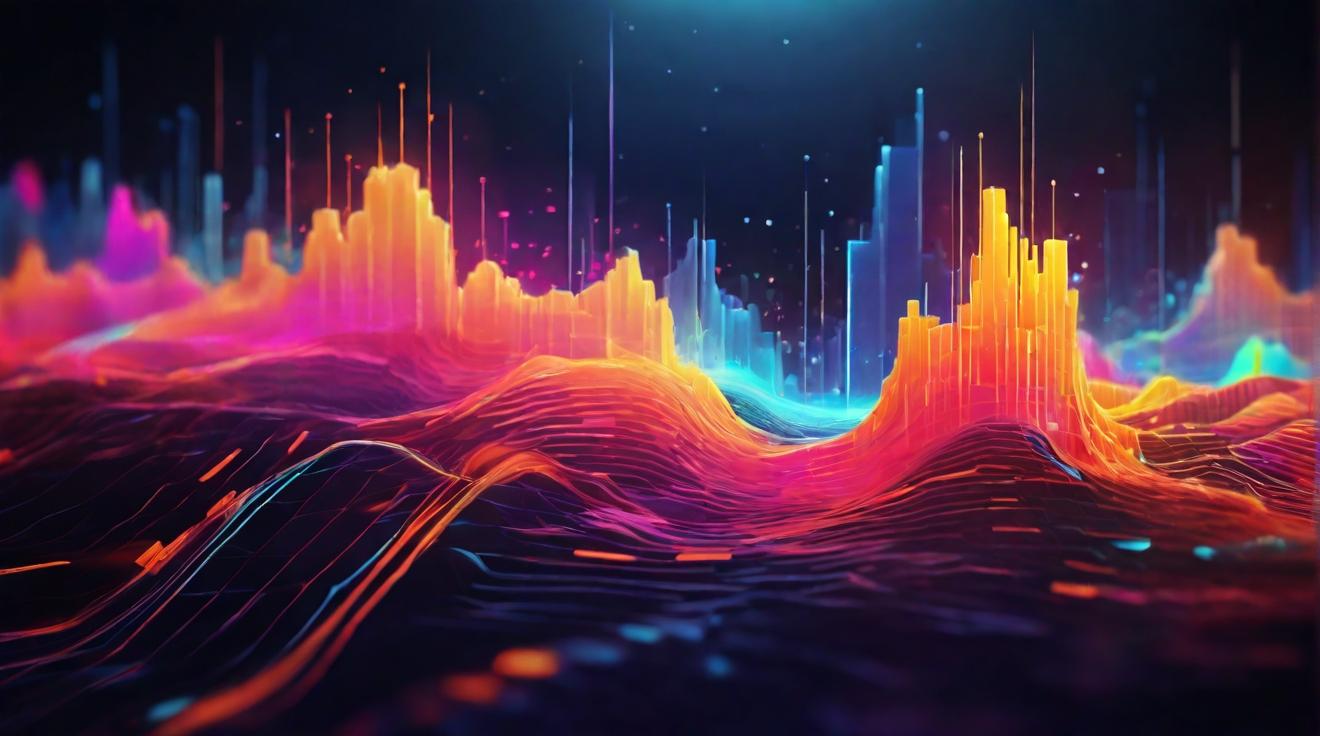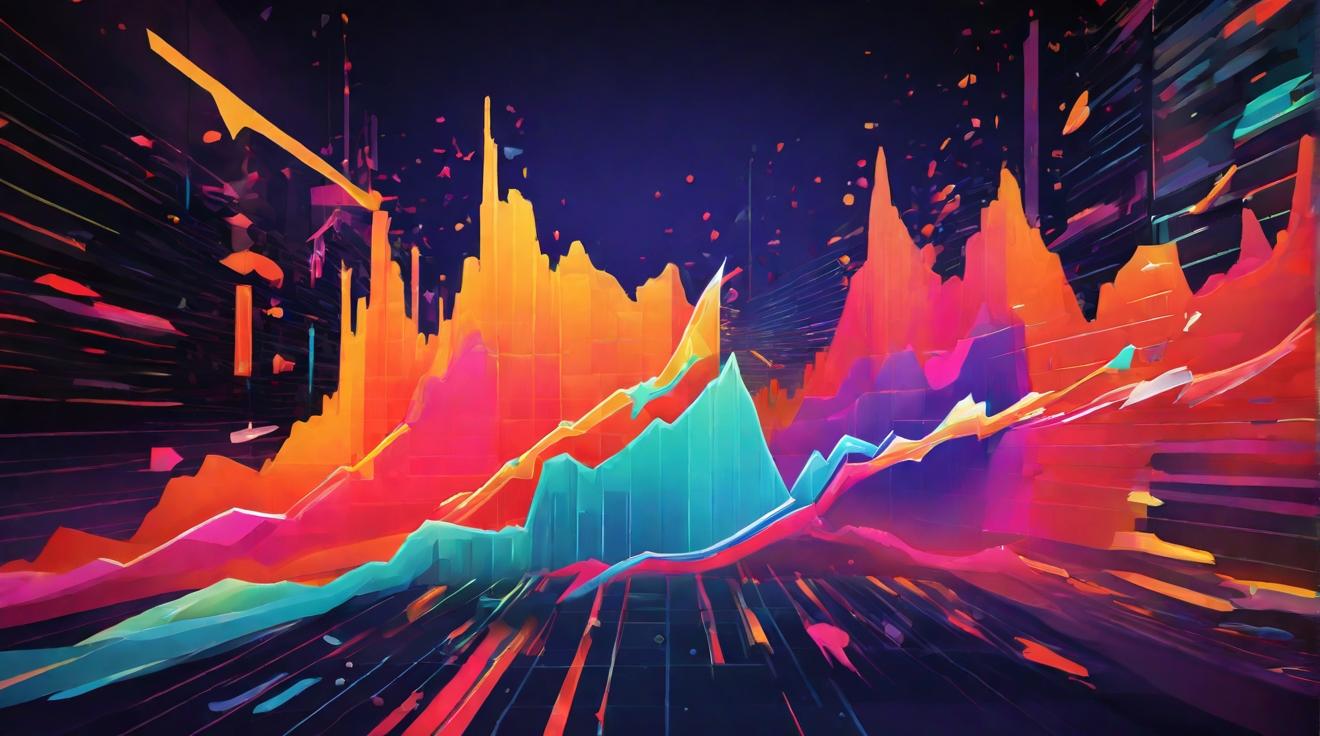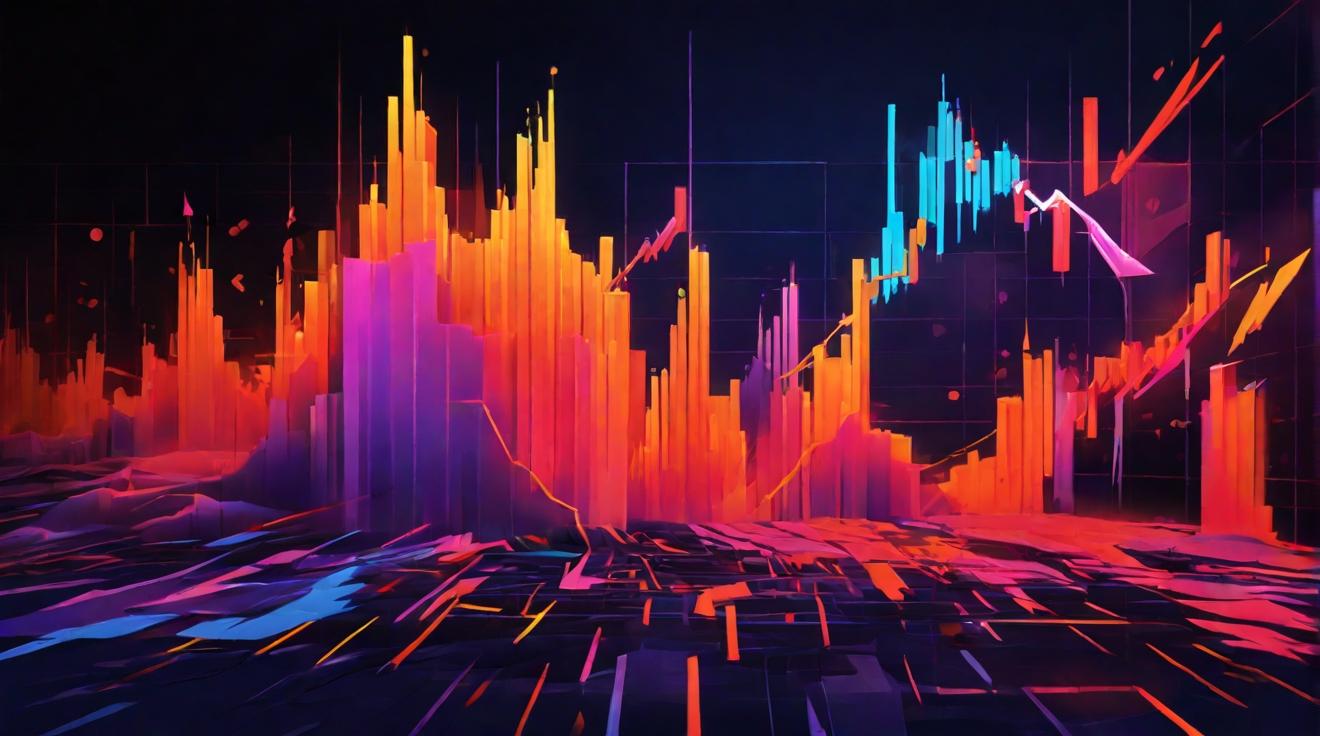XR Market Expected to Reach $519.5 Billion by 2032
The Extended Reality (XR) market is on a path of exponential growth, with its global value reaching $49.6 billion in 2023. According to market projections, this figure is expected to skyrocket to a staggering $519.5 billion by 2032. These numbers indicate that XR technology has gained significant traction and is set to redefine our digital experiences in the years to come. In 2021 alone, an estimated 57.4-90.9 million individuals embraced XR, with virtual reality (VR) and augmented reality (AR) capturing the attention of 57.4 million and 90.9 million users, respectively.
HTC Introduces Facial Tracker Kit for Vive XR Elite
At this year’s Consumer Electronics Show (CES), HTC made waves with the introduction of its Vive Full Facial Tracker kit. The kit is specifically designed for developers and businesses utilizing the Vive XR Elite, which supports OpenXR. This innovative technology, capable of capturing up to 38 facial blend shapes, including lips, teeth, tongue, cheeks, nose, and chin, aims to enhance the immersive expression of emotions and facial gestures in virtual reality (VR) experiences. The inclusion of such advanced facial tracking capabilities is poised to revolutionize user interactions in XR environments, providing a more realistic and engaging user experience.
Sony Debuts High-End XR Headset for Content Creation
One of the most groundbreaking XR announcements at CES 2024 came from Sony, as they unveiled their top-of-the-line XR headset explicitly designed for spatial content creation. Unlike many XR headsets geared towards gaming, Sony’s device is targeted at 3D content creators and engineers seeking unparalleled precision and quality. This strategic shift in focus underscores Sony’s commitment to pushing the boundaries of XR technology, ensuring that professionals have access to cutting-edge tools that enable them to create remarkable spatial experiences.
Ultraleap Showcases Haptic Technology with Virtual Bonsai
Ultraleap, a prominent UK-based company specializing in hand tracking and haptic technology, has been making waves at CES 2024 with their mesmerizing virtual bonsai tree. Developed using Ultraleap’s Sensation Designer and their haptics development hardware, the HDK-REC192, this revolutionary application immerses users in a digital world that can be felt and experienced. The intricate haptic sensations enable visitors to feel the warmth of the sun’s rays or the gentle drips of water falling from their fingertips, bringing the virtual bonsai tree to life. Ultraleap’s demonstration is a testament to the power of haptic technology in creating realistic and immersive XR interactions without the need for traditional controllers.
Haptics Technology Revolutionizes XR Interactions
Miguel Rodrigues, Senior Vice President of Product at Ultraleap, believes that haptic technology holds the key to overcoming one of the greatest challenges in XR – the inability to physically feel virtual interactions. Rodrigues stresses that feedback is crucial for confirming user actions and has become standard in everyday smartphone interactions. The virtual bonsai tree demo at CES showcases how haptics can bridge the gap between virtual and physical realities, enabling users to interact with digital worlds in an unprecedented way. Ultraleap’s hand tracking and haptic technology, which employs ultrasound waves to transmit tactile sensations to the palms, opens up new possibilities for intuitive and realistic XR experiences. Rodrigues believes that sophisticated haptics, such as those demonstrated in the virtual bonsai tree, have the potential to revolutionize various sectors, including gesture control systems, automotive user interfaces, and headless interfaces. By adding a tactile dimension to XR, haptic technology aims to make interactions more immersive, effective, and lifelike.
Analyst comment
Positive news:
1. XR Market Expected to Reach $519.5 Billion by 2032: This is positive news as it indicates significant growth opportunities in the XR market, suggesting increased adoption and potential profitability for companies operating in this sector.
2. HTC Introduces Facial Tracker Kit for Vive XR Elite: This is positive news as it introduces innovative technology that enhances user experiences in XR environments, making interactions more realistic and engaging. This could drive increased interest and adoption of XR technologies.
3. Sony Debuts High-End XR Headset for Content Creation: This is positive news as it demonstrates Sony’s commitment to pushing the boundaries of XR technology and providing cutting-edge tools for professionals. This could attract content creators and engineers, strengthening Sony’s position in the XR market.
4. Ultraleap Showcases Haptic Technology with Virtual Bonsai: This is positive news as it showcases the capabilities of haptic technology in creating realistic and immersive XR interactions. This could generate interest and demand for haptic technology in various sectors, expanding its market potential.
5. Haptics Technology Revolutionizes XR Interactions: This is positive news as it highlights the potential of haptic technology to revolutionize various sectors and make XR interactions more immersive and lifelike. This could drive the adoption of haptic technology across different industries.
Short analysis: The XR market is expected to experience significant growth, reaching $519.5 billion by 2032. Major players like HTC, Sony, and Ultraleap are innovating in XR technology, introducing advanced features and capabilities that enhance user experiences. This could lead to increased adoption of XR technologies and the expansion of haptic technology in various industries. The market is poised for growth and presents opportunities for businesses operating in the XR ecosystem.





